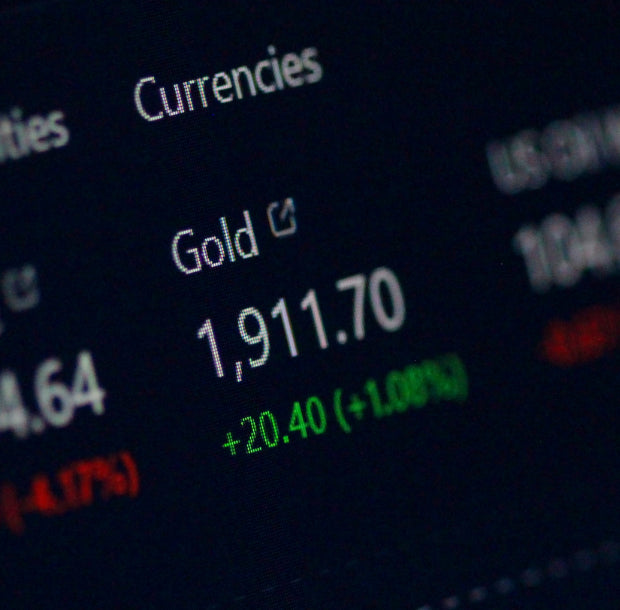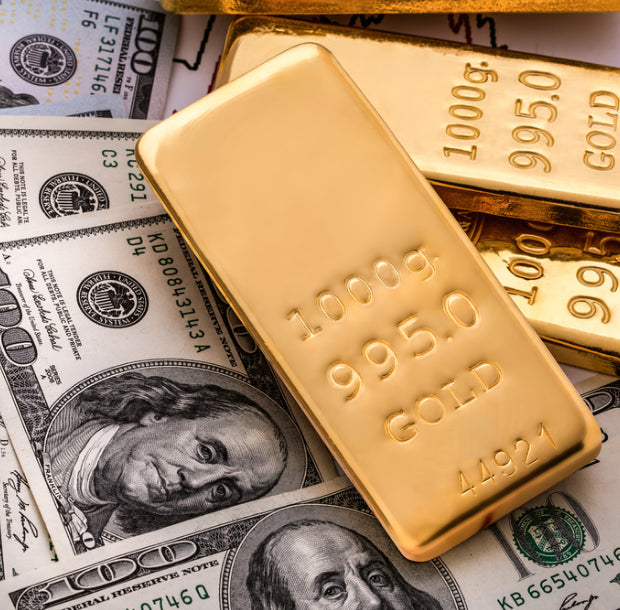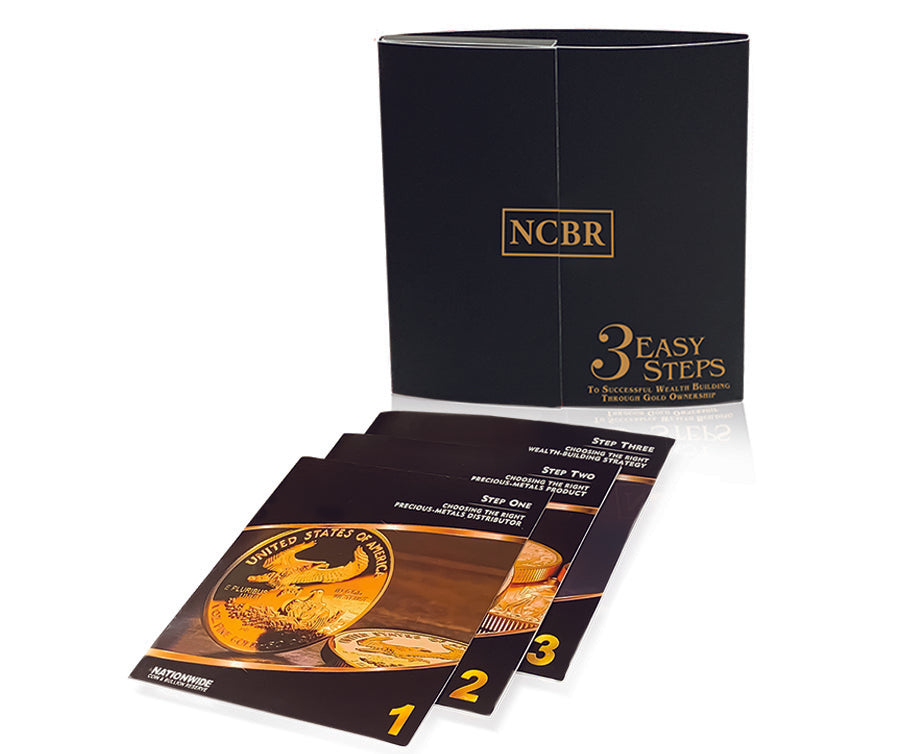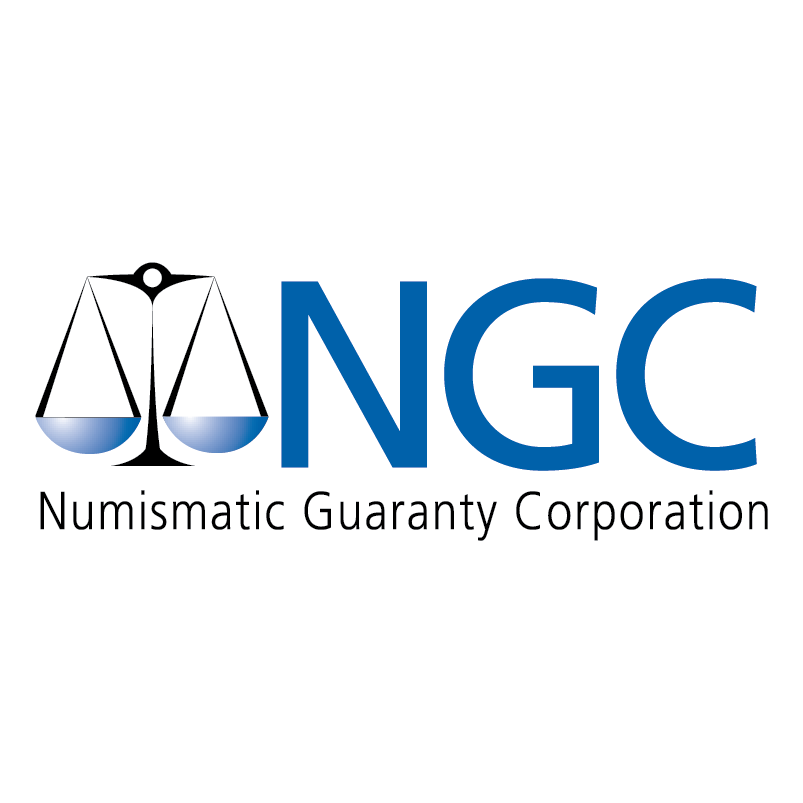Interest rates are on the rise and the Federal Reserve has clearly communicated that it intends to push rates substantially higher in its effort to get inflation under control. Is that bad news for gold? Not necessarily.
The Fed began raising its overnight bank lending rate, known as the fed funds rate, in March. As the rate has climbed and financial markets have anticipated further increases, the price of gold has eased, from $1,900 an ounce to the $1,700 level. History, though, reminds us that rising interest rates in an inflationary environment can be just fine for gold.
In August of 1979, Paul Volcker became Chairman of the Federal Reserve Board, determined to beat down inflation, which was running at a double digit annual rate, the last time it was higher than today’s nine percent annual pace. Volcker’s tight money policy quickly took the fed funds rate from 11 percent all the way up to 19 percent by the end of 1980. The price of gold, though, soared, as the economy fell into recession in 1980. In August of 1979, gold was priced at $310 per ounce. By December of 1980, gold had shot up to $594 an ounce.
This is evidence that there is no simple correlation between interest rates and gold. Numerous influences beyond interest rates, including economic trends, supply and demand, geopolitics, fluctuations in currency exchange rates, and investor risk tolerance, all combine to influence the price of gold.
Real Time Precious Metals Data Below







